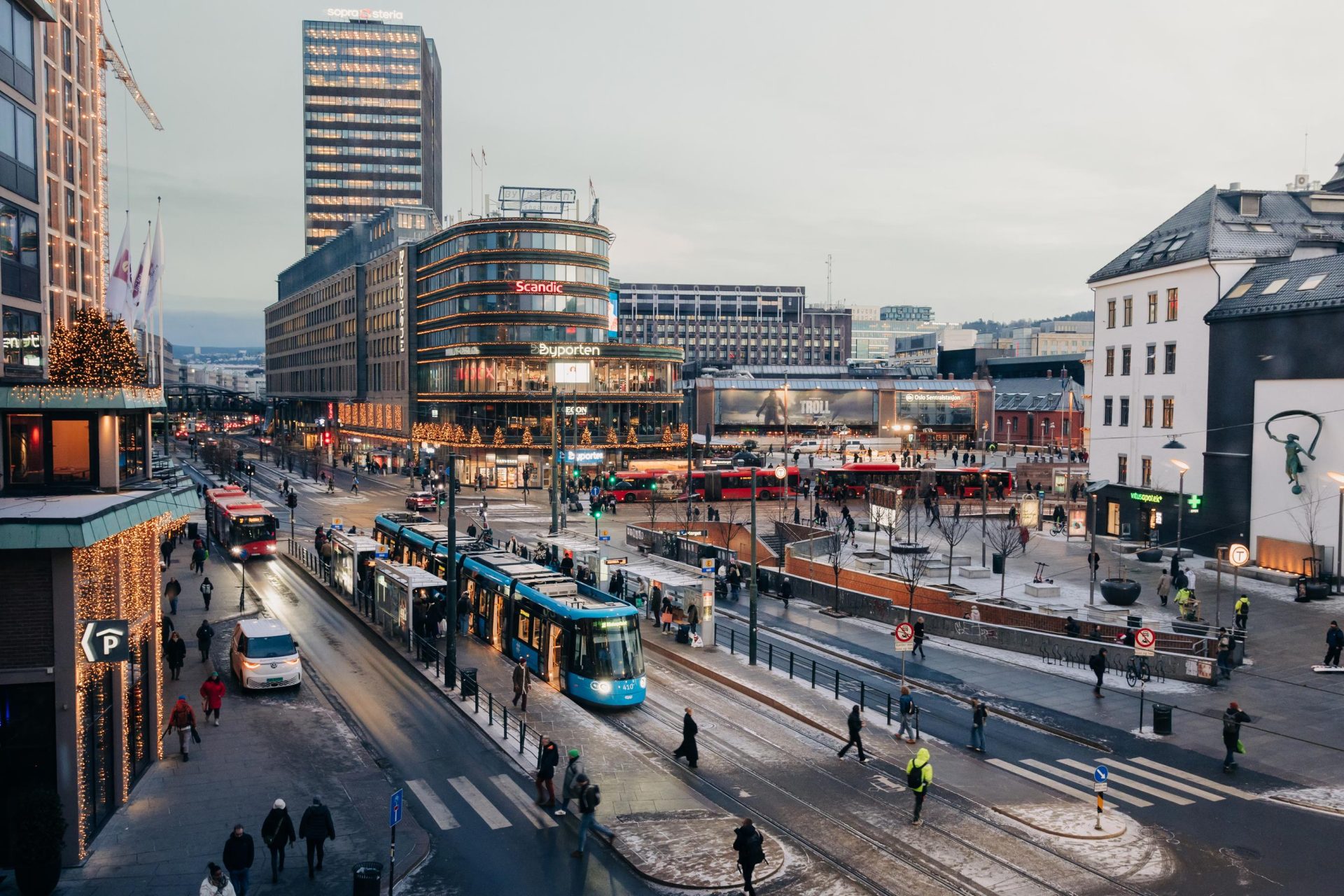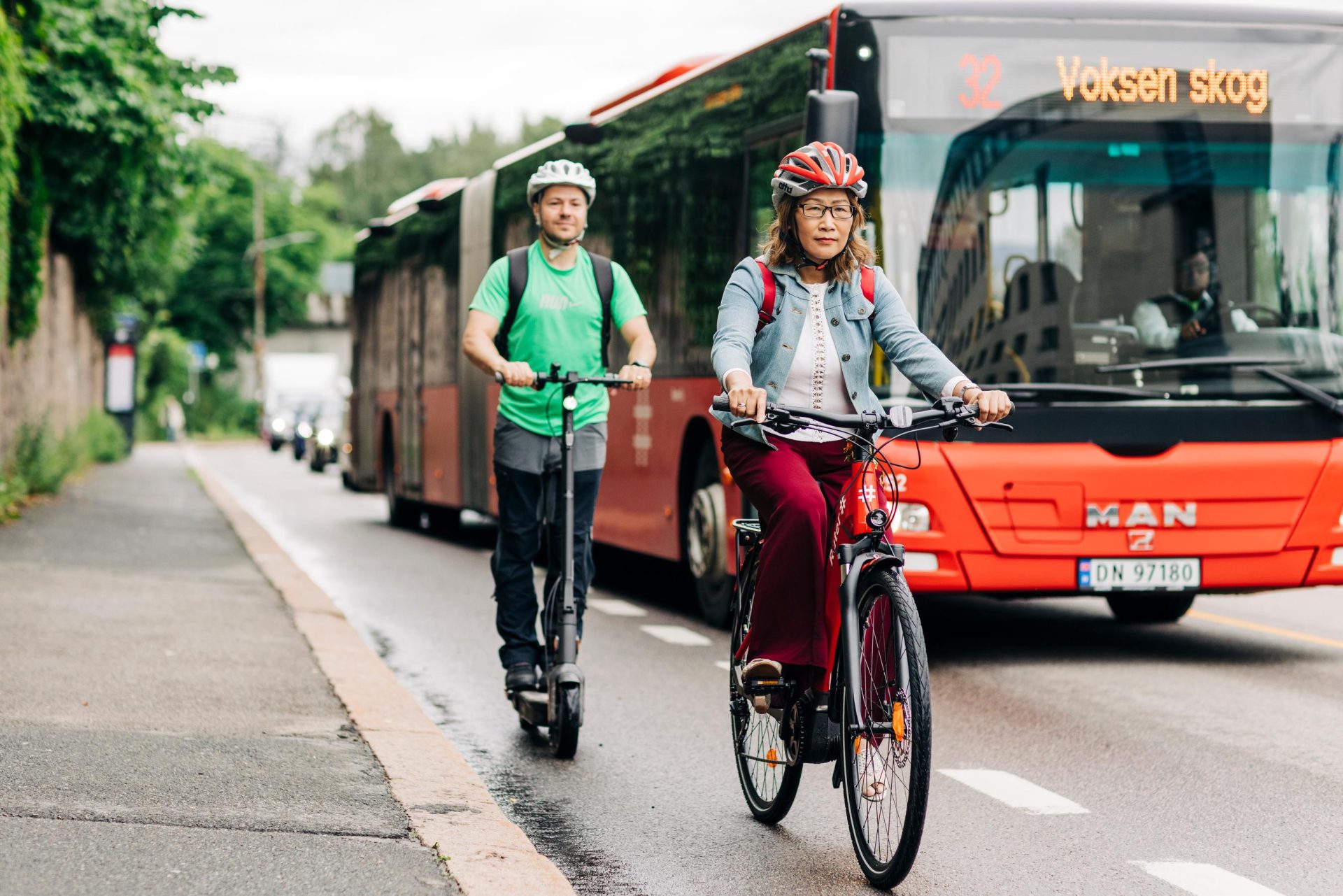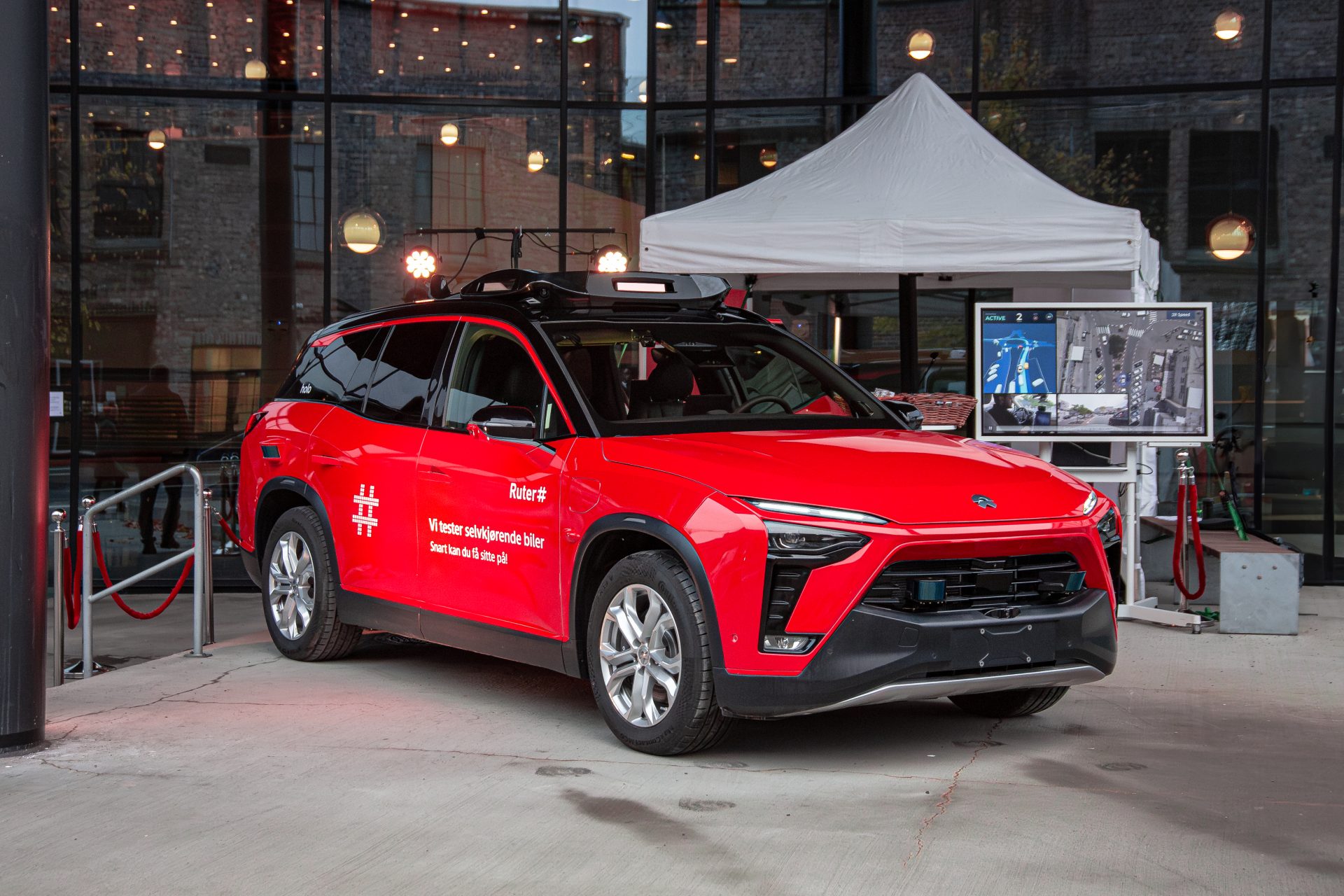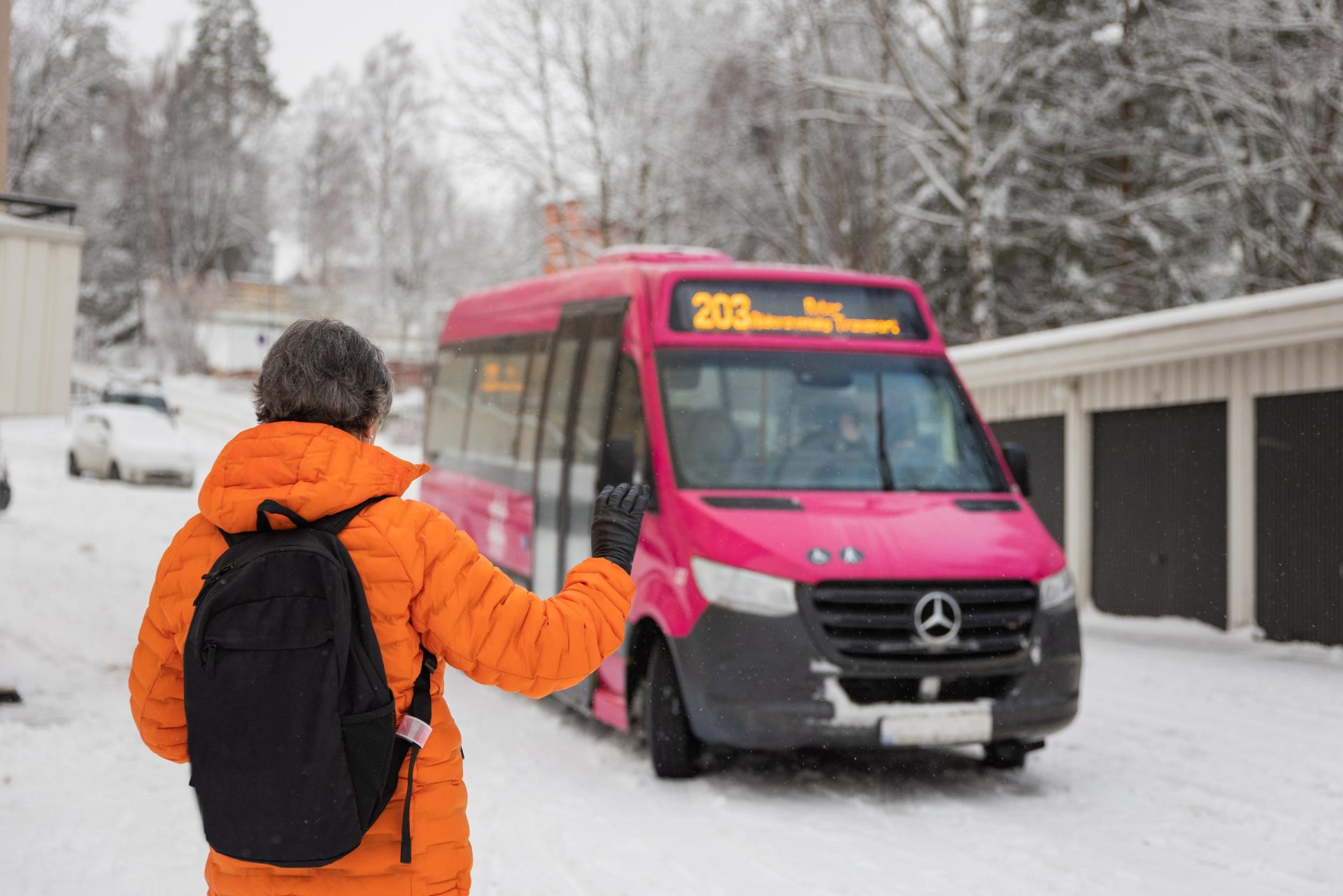You take public transport to and from work, sometimes walk or cycle, but otherwise use the car a lot. Sound familiar? For many residents of the Oslo region, this is their daily travel routine. The car is popular for several reasons: It takes you from door to door exactly when it suits you, you have space for the dog, shopping bags, your mother-in-law, the neighbor, and the kids. A journey on your own terms, in other words.
But, if our transport system is to function well in the years to come, we need to use the car less. Population growth and an ever-increasing car fleet mean gradually worse traffic flow on the roads. In cities, where space is scarce, large and valuable areas are occupied by private cars that are unused and parked over 90% of the time. And on top of all this are the CO2 emissions from both the production and use of the car.
In short, we need to travel together when we can, and alone only when we must.
So what we at Ruter ask ourselves every day is: How can we make the public transport service so attractive and flexible that many more people can manage completely without a car? And at least not need a second car?
To achieve this, we need to do several things simultaneously:





